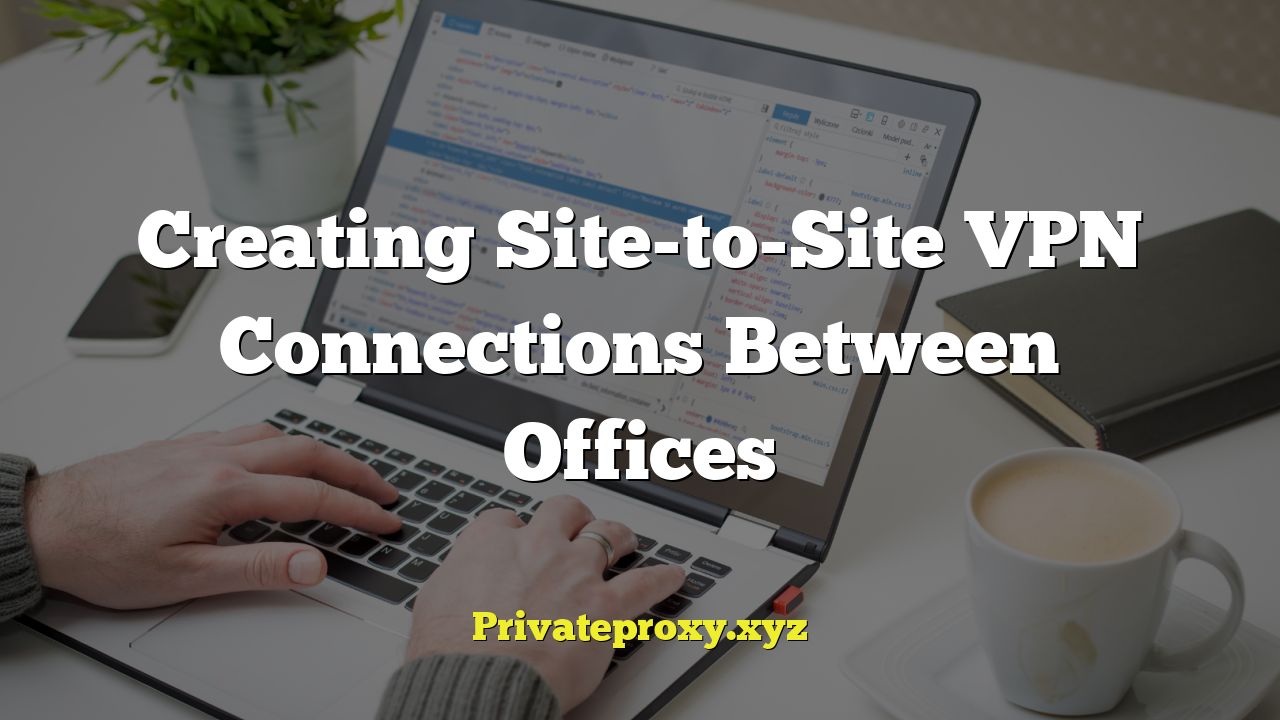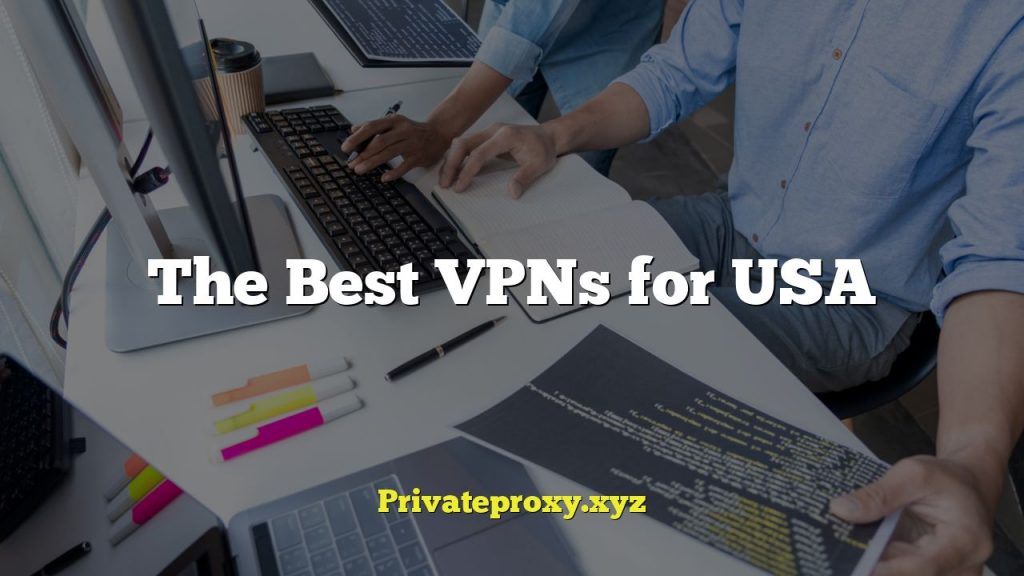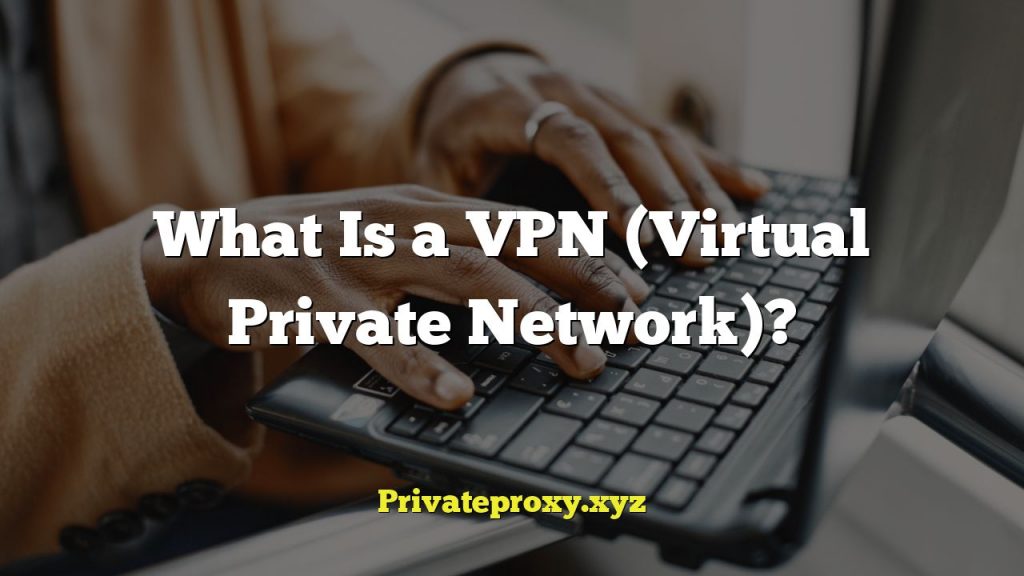
Understanding Site-to-Site VPNs
A Site-to-Site VPN (Virtual Private Network) establishes a secure, encrypted connection between two or more geographically separate networks, typically offices or data centers. This connection allows users in different locations to access resources on each other’s networks as if they were on the same local network. Think of it as a secure tunnel through the public internet, providing a private and protected pathway for data transmission.
Site-to-Site VPNs are crucial for organizations with multiple locations that need to share resources, collaborate on projects, and maintain consistent operations across different sites. They offer a cost-effective alternative to dedicated leased lines while providing a comparable level of security and performance.
Benefits of Implementing Site-to-Site VPNs
Implementing Site-to-Site VPNs provides numerous advantages for businesses with multiple locations:
- Enhanced Security: Data transmitted between offices is encrypted, protecting sensitive information from eavesdropping and unauthorized access.
- Improved Collaboration: Employees in different locations can seamlessly share files, access applications, and collaborate on projects as if they were in the same office.
- Reduced Costs: Site-to-Site VPNs are generally more cost-effective than dedicated leased lines, especially for long-distance connections.
- Simplified Network Management: Centralized management tools can be used to monitor and manage the VPN connection, simplifying network administration.
- Increased Productivity: Seamless access to resources and improved collaboration lead to increased employee productivity.
- Business Continuity: In case of a network outage at one location, users can still access resources and continue working through the VPN connection.
- Centralized Resources: Allows for centralized storage and management of resources, reducing redundancy and improving efficiency.
Types of Site-to-Site VPN Protocols
Several protocols can be used to establish Site-to-Site VPN connections. The most common include:
- IPsec (Internet Protocol Security): A suite of protocols that provides secure communication at the IP layer. It’s widely used due to its robust security features and compatibility with various devices. IPsec uses two main modes: Tunnel mode (encrypts the entire IP packet) and Transport mode (encrypts only the payload).
- GRE (Generic Routing Encapsulation): A tunneling protocol that encapsulates a wide variety of network layer protocols inside IP packets, creating a virtual point-to-point connection. While GRE itself doesn’t provide encryption, it’s often used in conjunction with IPsec to create a secure VPN tunnel.
- SSL VPN (Secure Sockets Layer VPN): Primarily used for remote access, SSL VPNs can also be configured for Site-to-Site connections. They utilize SSL/TLS encryption, which is commonly used for securing web traffic.
- L2TP/IPsec (Layer Two Tunneling Protocol/IPsec): Combines L2TP, a tunneling protocol, with IPsec for enhanced security. L2TP establishes the tunnel, while IPsec provides encryption.
- WireGuard: A relatively new VPN protocol known for its speed, security, and ease of configuration. It uses modern cryptography and is designed to be more efficient than older protocols.
The choice of protocol depends on factors such as security requirements, performance needs, and compatibility with existing infrastructure.
Hardware and Software Requirements
To establish a Site-to-Site VPN, you’ll need specific hardware and software components at each location:
- VPN Routers or Firewalls: These devices are responsible for establishing and maintaining the VPN connection. They typically support multiple VPN protocols and offer advanced security features.
- Internet Connection: A stable and reliable internet connection is essential for the VPN to function properly. The bandwidth requirements will depend on the amount of data being transmitted between the sites.
- VPN Software: Some operating systems and devices have built-in VPN software that can be used to create Site-to-Site connections. Alternatively, dedicated VPN software can be installed on servers or workstations.
- Public IP Addresses: Each location needs a public IP address to establish the VPN connection. If you’re using dynamic IP addresses, you’ll need to use Dynamic DNS (DDNS) to ensure that the VPN connection remains stable.
- Network Configuration: Proper network configuration, including IP address assignment, subnet masks, and routing rules, is crucial for the VPN to function correctly.
Choosing the right hardware and software is critical for achieving optimal performance and security. Consider factors such as scalability, throughput, and security features when making your selection.
Step-by-Step Guide to Configuring a Site-to-Site VPN (Using IPsec)
This section provides a general overview of the steps involved in configuring a Site-to-Site VPN using IPsec. The specific steps may vary depending on the hardware and software you’re using.
1. **Planning and Preparation:**
* Determine the IP address ranges for each network.
* Choose a VPN protocol (in this case, IPsec).
* Decide on the encryption and authentication methods.
* Gather the public IP addresses of each VPN router/firewall.
* Create a pre-shared key (PSK) or use certificates for authentication.
* Document all settings for each site.
2. **Configure VPN Router/Firewall at Site A:**
* Log in to the VPN router/firewall’s management interface.
* Navigate to the VPN settings.
* Select “Site-to-Site VPN” or a similar option.
* Choose IPsec as the VPN protocol.
* Enter the remote endpoint’s (Site B) public IP address.
* Specify the local network’s IP address range.
* Specify the remote network’s IP address range.
* Enter the pre-shared key or upload the certificate.
* Configure IPsec Phase 1 settings:
* Encryption algorithm (e.g., AES256)
* Authentication algorithm (e.g., SHA256)
* Diffie-Hellman group (e.g., DH Group 14)
* Key lifetime
* Configure IPsec Phase 2 settings:
* Encryption algorithm (e.g., AES256)
* Authentication algorithm (e.g., SHA256)
* Perfect Forward Secrecy (PFS) (e.g., enabled with DH Group 14)
* Key lifetime
* Enable the VPN connection.
* Save the configuration.
3. **Configure VPN Router/Firewall at Site B:**
* Log in to the VPN router/firewall’s management interface.
* Navigate to the VPN settings.
* Select “Site-to-Site VPN” or a similar option.
* Choose IPsec as the VPN protocol.
* Enter the remote endpoint’s (Site A) public IP address.
* Specify the local network’s IP address range.
* Specify the remote network’s IP address range.
* Enter the same pre-shared key or upload the certificate used at Site A.
* Configure IPsec Phase 1 settings using the same parameters as Site A.
* Configure IPsec Phase 2 settings using the same parameters as Site A.
* Enable the VPN connection.
* Save the configuration.
4. **Configure Firewall Rules:**
* At both sites, ensure that firewall rules allow traffic to pass through the VPN tunnel.
* Allow IPsec traffic (typically UDP ports 500 and 4500) to pass through the firewall.
* Allow ESP (Encapsulating Security Payload) protocol to pass through the firewall.
* Ensure that the firewall allows traffic between the local and remote networks.
5. **Test the VPN Connection:**
* Ping a device on the remote network from a device on the local network.
* Attempt to access shared resources on the remote network.
* Verify that data is being transmitted securely through the VPN tunnel.
6. **Troubleshooting:**
* If the VPN connection fails to establish, check the VPN router/firewall logs for error messages.
* Verify that the IP addresses, pre-shared key, and encryption/authentication settings are configured correctly at both sites.
* Ensure that the firewall rules are configured correctly.
* Check the internet connection at both sites.
**Important Considerations for IPsec Configuration:**
* **Pre-Shared Key vs. Certificates:** While a pre-shared key is easier to configure, using certificates provides a higher level of security.
* **Encryption and Authentication Algorithms:** Choose strong encryption and authentication algorithms, such as AES256 and SHA256.
* **Diffie-Hellman Group:** Select a strong Diffie-Hellman group to ensure secure key exchange.
* **Perfect Forward Secrecy (PFS):** Enabling PFS ensures that even if the private key of one device is compromised, past communication remains secure.
Security Best Practices for Site-to-Site VPNs
Securing your Site-to-Site VPN is crucial to protect sensitive data and prevent unauthorized access. Here are some best practices to follow:
- Use Strong Encryption: Choose robust encryption algorithms such as AES256 or higher to encrypt data transmitted through the VPN tunnel.
- Implement Strong Authentication: Use strong authentication methods, such as certificates or multi-factor authentication (MFA), to verify the identity of users and devices connecting to the VPN.
- Regularly Update Firmware and Software: Keep your VPN routers, firewalls, and other network devices up to date with the latest firmware and software patches to address security vulnerabilities.
- Use Strong Passwords: Enforce strong password policies and require users to change their passwords regularly.
- Implement Network Segmentation: Segment your network to limit the impact of a security breach. Separate sensitive data and resources from less critical areas of the network.
- Monitor VPN Logs: Regularly monitor VPN logs for suspicious activity, such as failed login attempts, unusual traffic patterns, or unauthorized access attempts.
- Implement Intrusion Detection and Prevention Systems (IDS/IPS): Deploy IDS/IPS systems to detect and prevent malicious traffic from entering or exiting the VPN tunnel.
- Regularly Audit Security Configuration: Conduct regular security audits to identify and address potential vulnerabilities in your VPN configuration.
- Limit Access Privileges: Grant users only the access privileges they need to perform their job duties.
- Educate Users about Security Threats: Train users about common security threats, such as phishing attacks and malware, and how to protect themselves.
Troubleshooting Common Site-to-Site VPN Issues
Even with careful planning and configuration, you may encounter issues when setting up or maintaining a Site-to-Site VPN. Here are some common problems and their solutions:
- Connection Failure:
* Verify that the IP addresses, pre-shared key, and encryption/authentication settings are configured correctly at both sites.
* Ensure that the firewall rules are configured correctly to allow VPN traffic.
* Check the internet connection at both sites.
* Review the VPN router/firewall logs for error messages. - Slow Performance:
* Check the bandwidth utilization of the internet connections at both sites.
* Optimize the VPN configuration to reduce overhead.
* Consider upgrading the internet connections if necessary.
* Ensure that the VPN routers/firewalls have sufficient processing power to handle the VPN traffic. - Intermittent Connectivity:
* Check for network congestion or interference.
* Verify that the VPN routers/firewalls are stable and not experiencing any hardware or software issues.
* Check for DNS resolution issues. - Routing Problems:
* Verify that the routing tables are configured correctly to route traffic through the VPN tunnel.
* Ensure that there are no conflicting IP address ranges on the local and remote networks.
* Check for routing loops. - MTU (Maximum Transmission Unit) Issues:
* The MTU size can cause fragmentation and performance problems.
* Experiment with reducing the MTU size on the VPN routers/firewalls. - NAT (Network Address Translation) Issues:
* NAT can sometimes interfere with VPN connections.
* Ensure that NAT traversal is enabled on the VPN routers/firewalls.
* Consider using a VPN protocol that is NAT-friendly, such as IPsec with NAT-T (NAT Traversal).
Alternatives to Site-to-Site VPNs
While Site-to-Site VPNs are a popular solution for connecting multiple offices, other alternatives may be more suitable in certain situations:
- SD-WAN (Software-Defined Wide Area Network): SD-WAN provides a more flexible and intelligent way to manage wide area networks. It can dynamically route traffic based on network conditions and application requirements. SD-WAN often includes built-in security features, such as VPNs and firewalls.
- Cloud-Based VPNs: Cloud-based VPN services offer a simplified way to establish Site-to-Site VPN connections. These services typically handle the configuration and maintenance of the VPN infrastructure.
- Dedicated Leased Lines: Dedicated leased lines provide a private and dedicated connection between two locations. They offer high bandwidth and low latency but are typically more expensive than Site-to-Site VPNs.
- MPLS (Multiprotocol Label Switching): MPLS is a routing technique that uses labels to forward traffic between nodes. It can provide predictable performance and quality of service.
The best solution depends on your specific requirements, budget, and technical expertise.
Conclusion
Site-to-Site VPNs offer a secure and cost-effective way to connect multiple offices and share resources. By understanding the different VPN protocols, hardware and software requirements, configuration steps, and security best practices, you can successfully implement and maintain a reliable Site-to-Site VPN connection. Remember to regularly monitor your VPN connection, troubleshoot any issues that arise, and stay up-to-date with the latest security threats and vulnerabilities. By following the guidelines outlined in this article, you can ensure that your Site-to-Site VPN provides a secure and efficient communication channel between your different locations.



